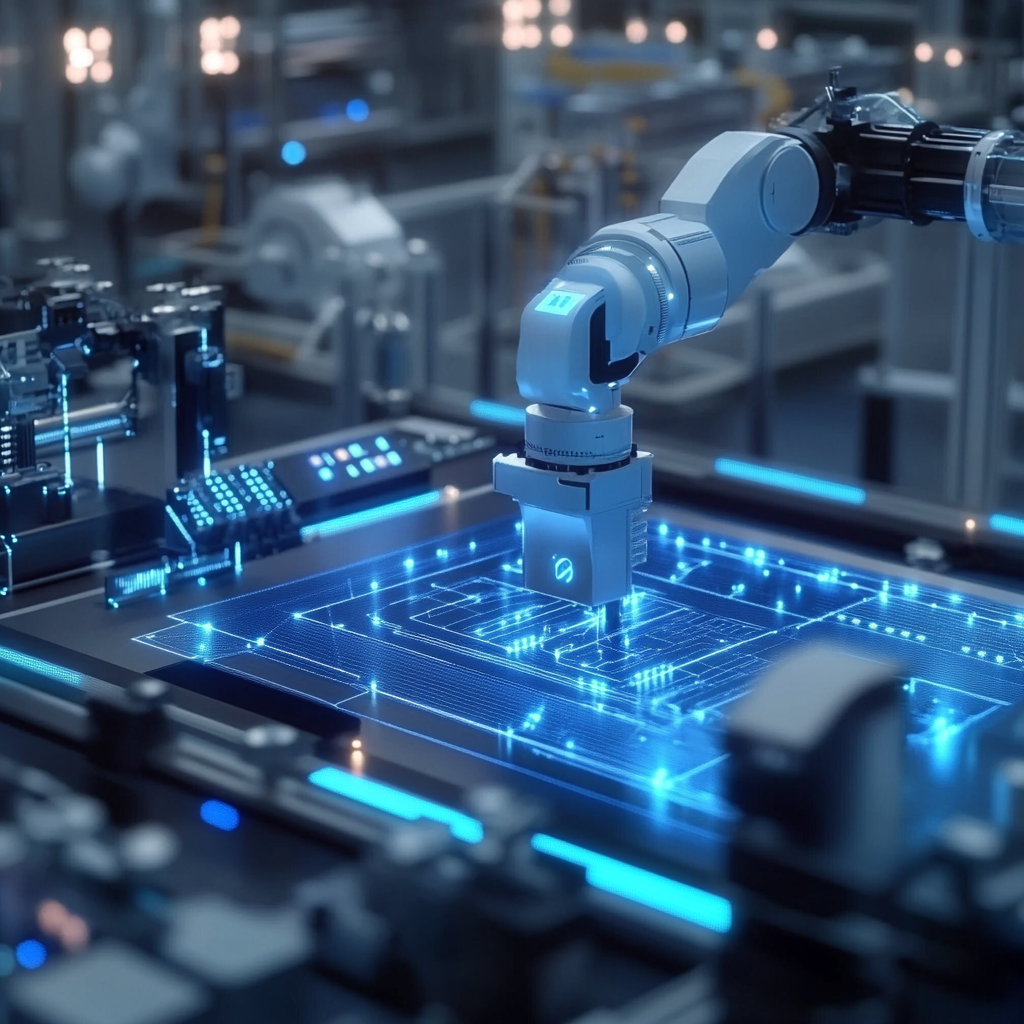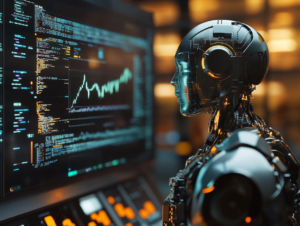In today’s fast-changing market, staying ahead of rivals needs more than just creativity and hard work. It needs to use the latest technology to improve every part of product development. AI has an impact on this change, reshaping how we handle product lifecycles from idea to market launch. This complete guide looks at how artificial intelligence (AI) makes each stage of the product lifecycle better, boosting productivity, accuracy, and new ideas.
Sparking Creativity: AI-Driven Brainstorming
The era of relying on gut feeling and limited information for brainstorming is over. These days, AI tools for coming up with ideas look at vast sets of data to spot market trends and what consumers want. By going through tons of information—from social media chats to market reports—AI gives useful insights that lead to fresh product ideas. These AI-based insights don’t just boost creativity; they also make sure new concepts fit with what the market wants now and in the future.
AI systems can look at consumer feedback, competitors’ information, and upcoming trends to suggest product features and concepts that click with target audiences. This data-based approach changes the idea-making process from guesswork to a smart exercise rooted in real evidence. As a result, companies can develop product ideas that are not only creative but also likely to sell well.
Defining and Designing Products: Exact and Custom-made
The product definition and design stages play a key role in making sure a product meets what people want and shines in the market. AI boosts these steps by giving deep insights into what customers like and how the market moves. Through complex data study, AI helps set product details that match buyers’ expectations.
AI tools look at past data, what customers say, and market shifts to shape product design. This exactness ensures products fit the specific wants and wishes of the people they’re for. Making things just for each person gets easier as AI helps companies grasp subtle customer likes, leading them to make products that give a more gripping user experience.
Speeding Up Model-Making: Getting More Done with AI
Creating prototypes plays a key role in making new products. It lets teams check and improve their ideas before they start making lots of them. Old ways of prototyping can take a long time and cost a lot. AI is causing a revolution in this process. It helps make prototypes faster by using computer models and smart guessing.
AI tools can make computer models of different situations. They can guess how prototypes will work in various conditions. This lets teams test their product ideas on computers. It saves a lot of time and money compared to making real prototypes. AI uses up-to-date information and what people say to make quick changes. This means prototypes improve faster and in the right way.
Making Things Easier: Machines Doing Work and Checking Quality
Once a product is ready to make, AI keeps having an impact on boosting output and quality. Companies use AI tools to run production steps, watch how machines work, and guess when they need fixing. This cuts down on stopped work and fewer mistakes, which leads to making more and better products.
AI-driven upkeep that sees problems coming helps spot issues before they cause big trouble. By looking at information from production lines and machines, AI tools can predict when equipment might break and plan maintenance ahead of time. This way of doing things makes sure factories run without hitches and products meet the highest quality marks.
Getting Ready for Market Launch: Quick Changes with AI
The product launch phase starts a new chapter rather than ending the journey. AI continues to add value by looking at performance data and user feedback after launch. This quick analysis lets companies tweak marketing plans and product features based on how the market responds.
AI tools keep an eye on different metrics, like how well sales are doing, what customers are saying, and the mood on social media, to see how people feel about a product. This information helps businesses make smart choices about marketing moves, promotions, and ways to improve the product. By staying flexible and quick to act, companies can stay ahead of the game and keep doing well in the market.
Embracing the Future: AI Trends in Product Lifecycle Management
As AI technology improves, it will have a bigger influence on how we manage products throughout their lives. New technologies like generative AI and better machine-learning methods are set to change how we create and handle products.
Take generative AI. It’s changing how we come up with ideas and design things. It makes new concepts and fixes based on what we already know. This lets us think up more creative and different product ideas, going beyond the usual ways we design. Also, as we get better at looking at data and machine learning, AI will be more able to guess market trends and what people want.
Jump on the AI Bandwagon: Keep Up with the Latest Breakthroughs
AI isn’t just a tool; it has a transforming effect on product lifecycle management. AI helps companies improve every part of product development, from developing ideas to launching products. Want to keep up in this fast-changing field? Read our latest articles to learn how AI can revolutionize your product lifecycle management plans.
Stay ahead of the curve in AI-driven breakthroughs by signing up for our newsletter. Get special insights, tips from experts, and news on how AI is changing product development and management. Come with us on this thrilling ride and make sure you stay competitive in the ever-changing world of product lifecycle management.
[Sign Up Now]











